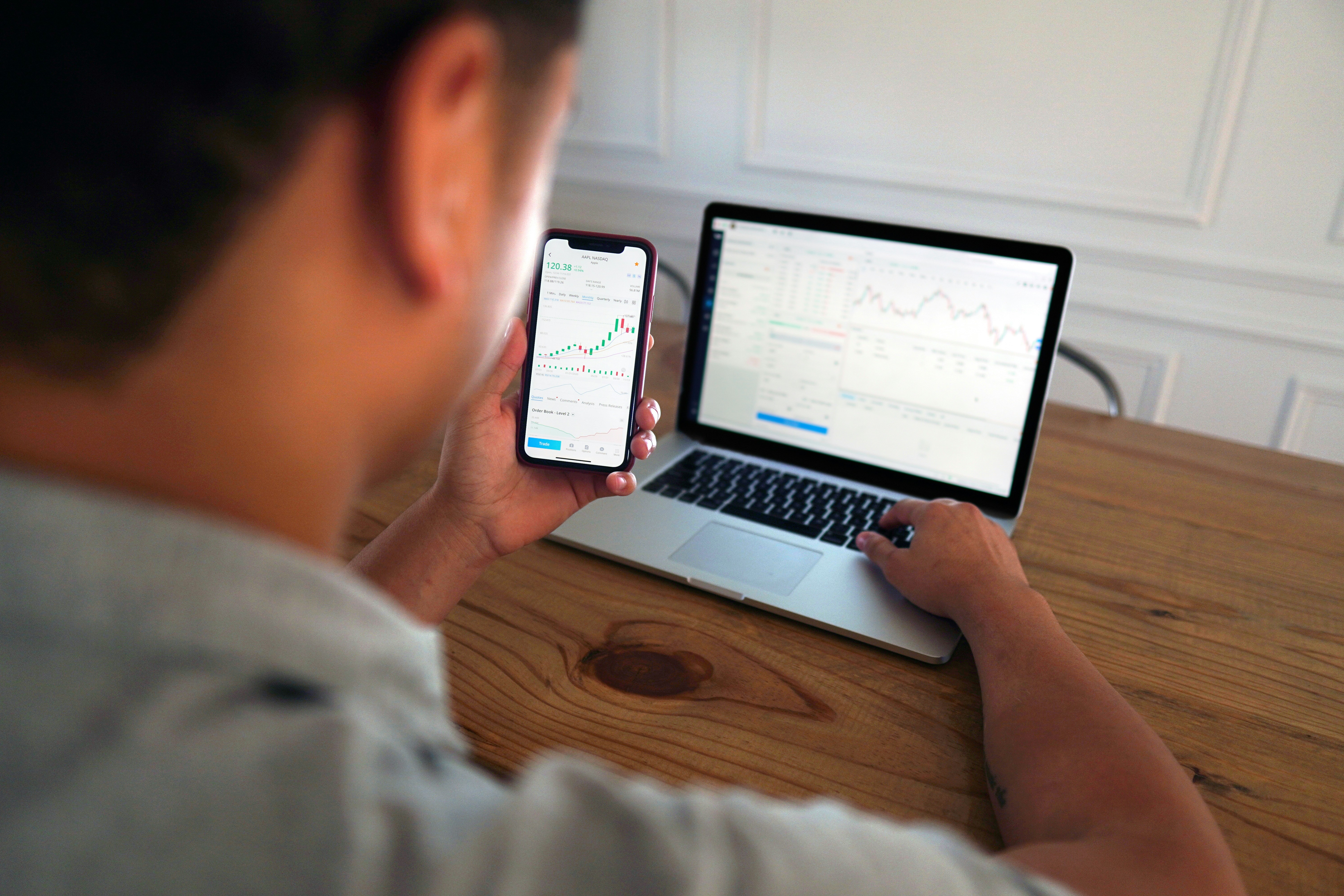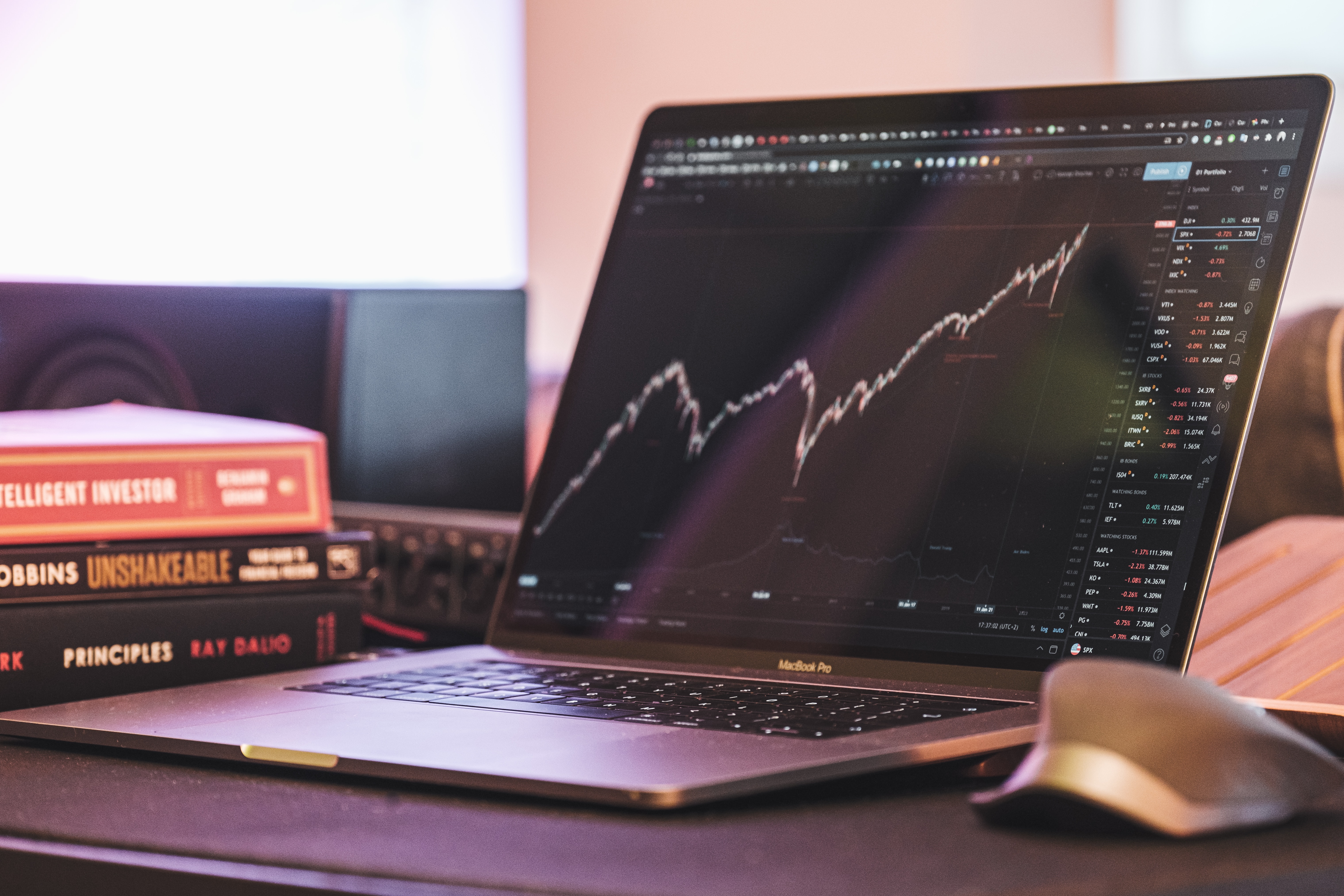Goldpreisprognosen 2026 - Vorhersage für 5, 10 und 20 Jahre
Goldpreis-Prognose Der Goldpreis wird von verschiedenen wirtschaftlichen und geopolitischen Faktoren wie Inflation, Zentralbankpolitik und Mar...
26.03.2025 16:38
Was ist Trading und wie funktioniert es? Leitfaden für Anfänger
Was ist Trading und wie funktioniert es? Leitfaden für Einsteiger Die Welt der Finanzinstrumente hat sich zu einer faszinierenden Welt entwick...
16.01.2025 01:35
Fast Moving Consumer Goods (FMCG)-Industrie: Was sie ist, Arten und Rentabilität
Schnelldrehende Konsumgüter (FMCG) Industrie Die Industrie der schnelldrehenden Konsumgüter ist ein wichtiger Bestandteil der Weltwirtschaft m...
11.12.2024 04:36

Was ist eine PEST-Analyse? Vorteile und Anwendungsfälle
Was ist eine PEST-Analyse? Die PEST-Analyse ist ein strategisches Instrument, das hilft, die externen Faktoren zu verstehen, die die finanziel...
10.12.2024 05:03
Wie man einen Forex-Roboter in MT4 und MT5 erstellt
Wie man einen Forex-Roboter in MT4 und MT5 erstellt Inhaltsübersicht EINFÜHRUNG WICHTIGSTE ERKENNTNISSE VERSTÄNDNIS VON FOREX-ROBOTERN UND EX...
29.10.2024 18:33

GBP (Britisches Pfund) Prognosen und Vorhersagen für 2025 und darüber hinaus
GBP-Prognose für 2025 und darüber hinaus Das Verständnis der Rolle des britischen Pfunds ist entscheidend, wenn wir uns mit der GBP-Pro...
23.10.2024 06:20
Volumengewichteter Durchschnittspreis (VWAP) – Bedeutung und Berechnung
VWAP Das Inhaltsverzeichnis: DIE WICHTIGSTEN ERKENNTNISSE WAS IST VWAP? DIE BEDEUTUNG DES VOLUMENGEWICHTETEN DURCHSCHNITTSPREISES WIE BERECH...
26.08.2024 17:36

Harmonische Muster für Anfänger erklärt
Harmonische Muster Inhaltsverzeichnis: WICHTIGSTE ERKENNTNISSE WAS SIND HARMONISCHE MUSTER? PROBLEME MIT HARMONISCHEN MUSTERN ARTEN VON HARM...
22.08.2024 12:10
Operativer Leverage - Definition, Formel und Beispiele
Operativer Hebel Das Inhaltsverzeichnis: DIE WICHTIGSTEN ERKENNTNISSE WAS IST OPERATIVER HEBEL? FORMEL FÜR DEN OPERATIVEN HEBEL BEISPIEL FÜR...
21.08.2024 11:01
)
Was ist Forex? Ein Leitfaden für Einsteiger
Was ist Forex? Ein Leitfaden für Einsteiger Der Devisenmarkt, allgemein als Forex bekannt, bildet die Grundlage für den globalen Handel und In...
09.06.2024 14:37
Elliott-Wellen-Theorie – Was sie ist und wie sie funktioniert
Elliott-Wellen-Theorie Inhaltsübersicht WAS IST DIE ELLIOTT-WELLEN-THEORIE? WICHTIGSTE ERKENNTNISSE WAS IST DAS ELLIOTT-WELLEN-PRINZIP? WAS ...
04.06.2024 16:23
SEK-USD-Prognose für 2025, 2026 und darüber hinaus
Entwicklung der SEK im Vergleich zum USD für 2025 und darüber hinaus Als eine der wichtigsten Währungen in der europäischen Zone und eine der ...
05.03.2024 08:02

So kaufen Sie SpaceX-Aktien im Jahr 2025
Wie man SpaceX-Aktien im Jahr 2025 kaufen kann Im Jahr 2023 wollen viele in den Weltraum investieren, indem sie SpaceX-Aktien kaufen. Dieses v...
10.01.2024 22:06
Forex-Marktzeiten – Was sind die Handelsöffnungszeiten?
Forex-Handelszeiten Wenn Sie ein erfahrener Devisenhändler sind oder gerade erst in diesen Finanzmarkt einsteigen wollen, müssen Sie wissen, w...
08.10.2023 05:28
)
EBIT vs. EBITDA: Definition, Formel & Berechnungsweise
EBIT vs. EBITDA: Definition & Formel EBITDA und EBIT, die für Gewinn vor Zinsen, Steuern und Abschreibungen stehen, sind zwei häufig verwendet...
14.08.2023 16:19
Doji-Kerze Bedeutung & Arten: Libelle, Grabstein, Stern, etc.
Doji-Kerze Wenn Händler den Markt analysieren, verlassen sie sich auf Muster, die sich auf Preisdiagrammen bilden, und Doji-Kerzen sind eine...
18.07.2023 14:08
Was ist Leverage (Hebelwirkung) beim Trading und wie funktioniert sie?
Was ist Leverage im Handel und wie funktioniert es? Für viele ist der Handel mit Hebelwirkung sowohl verlockend als auch einschüchternd. Diese...
06.06.2023 09:47